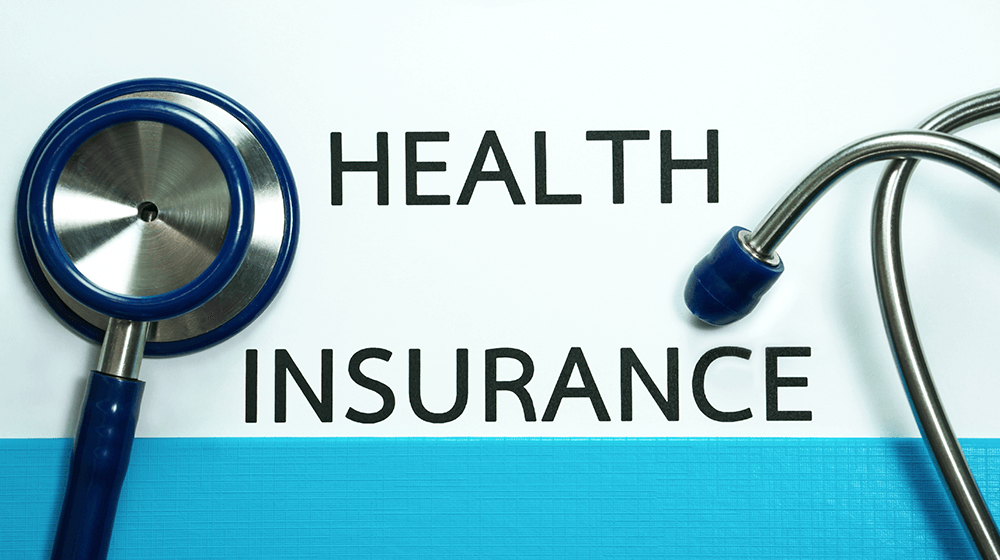Even though the coronavirus pandemic created significant economic and healthcare disruptions, the coverage expansions put in place by the Affordable Care Act (ACA) acted as a safety net for those who lost their employment and their health insurance. By expanding Medicaid eligibility for many low-income persons and creating subsidies for Marketplace coverage for those earning less than 400% of the federal poverty threshold, the ACA aimed to close the coverage gap that left millions of Americans without health insurance (FPL). The mandate that states maintain continuous enrollment for Medicaid enrollees and the expanded subsidies in the Marketplace safeguarded people from coverage losses and improved the affordability of private coverage, particularly for low-income persons who were hit hardest by the epidemic.
As a consequence, the uninsured rate fell from 10.9% in 2019 to 10.2% in 2021, and the number of uninsured persons (excluding the elderly) fell by roughly 1.5 million, from 28.9 million in 2019 to 27.5 million in 2021. This issue brief covers the access and cost consequences of not having health care and discusses developments in health coverage during the second year of the epidemic. Since the Census Bureau did not issue 1-year ACS estimates in 2020 due to interruptions in data collection caused by the pandemic, this study uses data from the American Community Survey (ACS) to compare health coverage statistics for 2021 to data for 2019.
Amount of uninsured citizens
Policy measures put in place to safeguard health insurance for those who lost work and/or income as a result of the pandemic resulted in a decline in the number of persons without health insurance in 2021. There were 27.5 million non-elderly people without health insurance in 2021, down approximately 1.5 million from 2019. Gains in coverage were concentrated among Hispanics and those in working families and were driven by expansions in Medicaid and non-group coverage that more than offset decreases in coverage among employers.
Exactly who are the uninsured?
Low-income households with at least one working member often have the largest number of uninsured members. As a result of the more restricted availability of public coverage in some jurisdictions, adults are more likely to be uninsured than children. Asians have the lowest uninsured percentage of any ethnic group. People of colour are more likely to lack health insurance than Whites.
Why do so many individuals lack health insurance?
Many of the uninsured point to the high cost of insurance as the major reason they do not have it, despite government efforts to lower premiums. Sixty-four per cent of uninsured persons in 2021 cited the high cost of health insurance as the primary reason they lacked protection. A major portion of the population does not have access to insurance via their place of employment, and many others, especially low-income individuals in states that did not expand Medicaid, are still ineligible for subsidies to help them afford coverage. Furthermore, illegal immigrants cannot qualify for either Medicaid or the Health Insurance Marketplace.
In what ways does a lack of insurance limit one’s access to medical care?
People who lack health insurance are less likely to receive the treatment they need. One in five persons without health insurance in 2021 did not get the medical treatment they required because of the high expense of doing so. Numerous studies have shown that persons without health insurance are less likely to get the preventative treatment and services they need to avoid significant health problems and chronic illnesses.
Can you explain the monetary repercussions of not having insurance?
Medical care is often out of reach for the uninsured because of the high cost of treatment. Over twice as many non-elderly persons without health insurance in 2021 reported having trouble paying medical costs as those with private coverage. Since most uninsured persons have low to moderate salaries and little to no savings, these costs can quickly snowball into medical debt.

